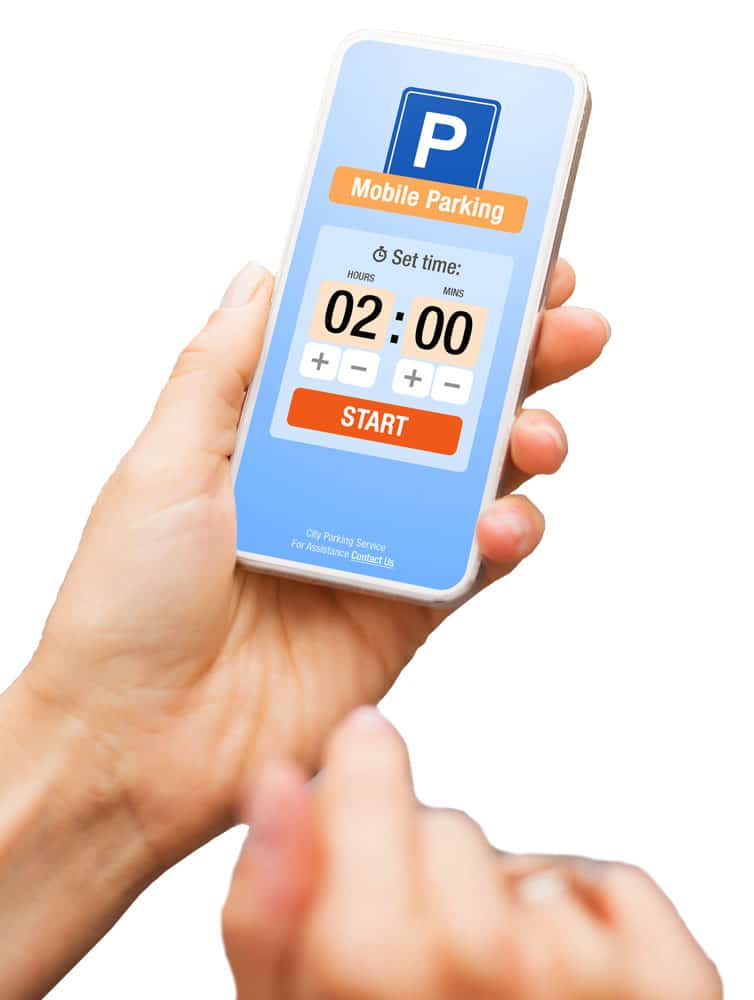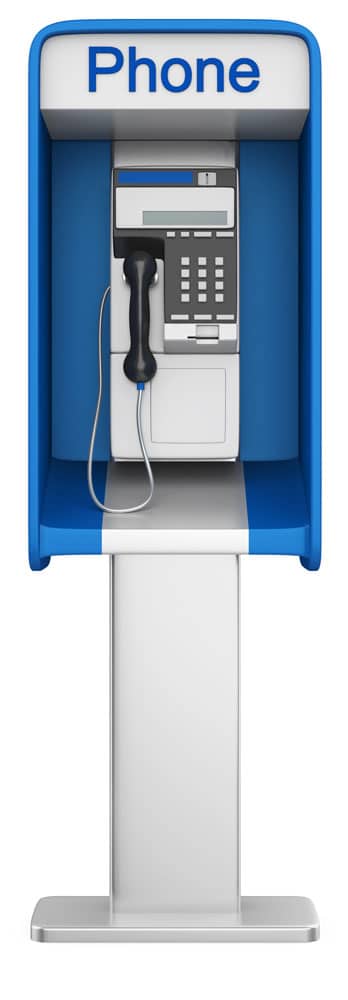Serving the unbanked while giving retailers a boost.
Evaluators of new parking policy should always start with the question, “Who are the actual people that will be parking in these spaces?”
Policy decisions will affect the daily parking needs of the entire community, making it important to be fair and inclusive, while gaining a thorough understanding of who is paying for parking here. That understanding begins with neighborhood demographics while also exploring the actual groups of people relying on available parking to see their doctor, deliver a package, grab a cup of coffee, or meet for lunch.
These difficult decisions often intersect with conversations around equity and inclusion, two critical pieces of modern urban planning. Both are defined differently in various settings, but there is almost always some element of opportunity, access, fairness, and/or belonging.
But does equity or inclusion mean we should factor every single person in our planning? Should we do so regardless of how small the segment of our population? Let’s look at a recurring question we are still hearing:
Does implementing mobile technology exclude the unbanked or people without mobile phones?

Now, sometimes we do need to plan infrastructure around minority groups of people – parking for the disabled being a good example. While only some will use these reserved parking spots, it is still critical to include everyone in our planning.
However, this conversation of equity and inclusion can sometimes be clouded to include extremely small groups of people; specifically, those who don’t own cellphones. So, should cities continue making planning and purchasing decisions around the needs of the unbanked and non-phone users? My take is planning decisions, yes. Purchasing decisions, probably not.
According to Pew Research Center, 97% of Americans own a cellphone, with an even steeper curve for recent smartphone adoption.
When you dig into the data further, it shows people ages 18-49 are now considered at 100% cellphone ownership, with people ages 50-64 now at 97% cellphone ownership. Which begs the question: how many drivers are parking in our downtown cores without any mobile device? Somewhere around 1%, depending on local demographics? Perhaps even less than 1%?
Percentage of Ownership Per Mobile device
| Cellphone | Smartphone | |
|---|---|---|
| Ages 18-29 | 100% | 96% |
| Ages 30-49 | 100% | 95% |
| Ages 50-64 | 97% | 83% |
| Age 65+ | 92% | 61% |
| Total | 97% | 85% |
So where does equity come into play?

If 1% of people don’t own a phone, is this a reason to install physical payment hardware? Are there any other purchasing decisions your division makes based on less than 1% of your parking customers? We do not see municipalities installing and maintaining payphones to accommodate that 1%, so why should this population drive the decision to move, or not to move, to virtual payment for parking?
We can again use parking for people with disabilities for some context. 26% of adults in the United States have some type of disability according to the Center for Disease Control (CDC).
Further, people aged 18 to 64 with disabilities use personal vehicles for 74.8% of their trips, according to Bureau of Transportation Statistics.
This is very significant usage, further justifying the need to factor people with disabilities into all urban planning. What about non-mobile phone users and the unbanked? Does equity mean we should install temporary payment hardware on every block for these outliers without phones? And if so, should we also be installing payphones for that same population?
What if there was another option?
Partnerships with local retailers can remove the need for unnecessary capital investment, promote inclusion for people looking to pay with cash, while giving brick and mortar retailers another angle in their ever-evolving fight against the online giants.
Engagement with local merchants can increase foot traffic, positioning them as a stop along the parking journey and bringing the community aspect of our city neighborhoods back into focus.
You might find the local shop is more eager than expected to be an ambassador for your parking program. A great example here is seen on the Galveston Seawall. When paid parking was launched in 2013, the City opted to redirect $500,000 in capital investment, forgoing the purchase of new physical payment hardware, while having visitors use mobile payment technology as the primary method for parking payments.
The next concern was for those drivers without a phone available to call the number or use the app. A seemingly fair question (back in 2013), to which a creative solution was found, and our first retail partnerships were launched. City-approved vendors placed a sign on their window saying, “Pay here for your parking.” Inside the store, drivers could easily pay the retailer to process their parking, even with cash as a payment option.
Within the first three months of the program’s implementation, more than 34,000 drivers had signed up with the mobile technology provider. Today, over $750,000 is processed annually in Galveston from over 200,000 users. One local surf shop has now processed over $10,000 in parking revenue, as well as realizing a significant increase in surf training as a direct result of new visitors to their store.
Six years after launch voters decided to continue with the successful program and increase the hourly parking rate from $1 to $2. “I thank the voters of Galveston for voicing their opinion and supporting the continuation of the Seawall Paid Parking program,” said mayor Jim Yarbrough. “This program affords the city the ability to add and maintain new amenities to the Seawall in a manner that visitors contribute to the cost.”
This has led to other innovative thinkers to consider launching new paid parking initiatives, with little to no upfront investment. Not only relying on the “herd immunity” of over 99% cellphone users, but also engaging with neighborhood shops to provide options for payment in cash for the unbanked, or for the person(s) without a mobile device.
After all, if you are going to develop your curb monetization strategy around the 1% of people without cell phones, you should also include payphones in the plan so you don’t miss capitalizing on your target audience!
stock.adobe.com/ Kittiphan/ KasparsGrinvalds/ grimgram / thruer / nerthuz




